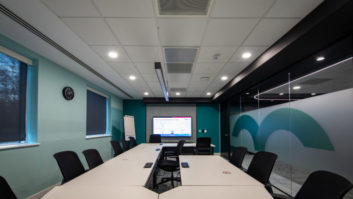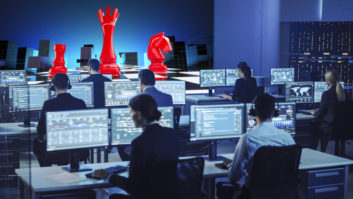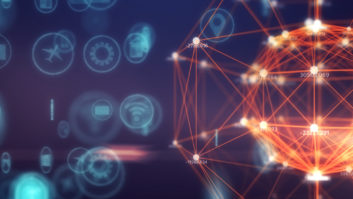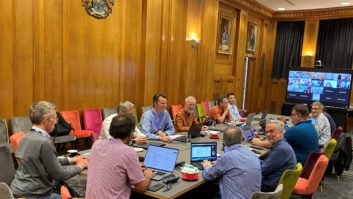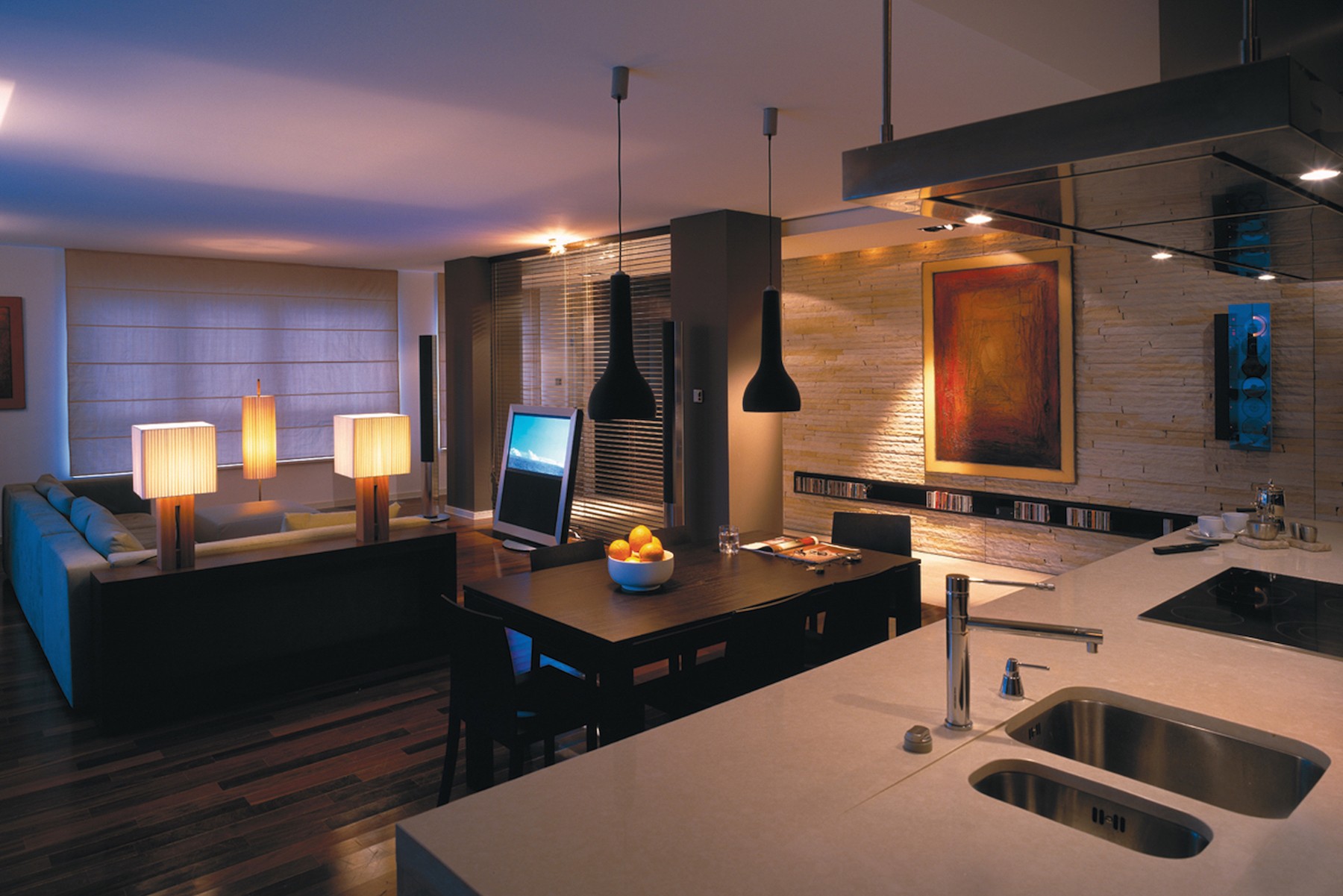
With billions of connected devices in operation today and massive growth predicted in the future, the opportunity provided by the IoT market is huge. Steve Montgomery explores how to make the most of it.
If the multitude of industry surveys on the Internet of Things are to be believed, connected devices are going to outnumber people on the planet by a factor of two or three to one by 2020. Some even predict six to one. That’s an astronomical 50 billion devices communicating with each other and to servers and big data farms located somewhere in the cloud. Today we have between six and 14 billion autonomous connected ‘things’; and that figure excludes smartphones, tables and personal computers.
No wonder, then, that the major industrial corporations, including Apple, Google, Cisco, IBM, Ericsson and Rockwell are investing heavily in this industry; each trying to seize a slice of the future, highly lucrative, market. Just one of those companies, IBM, will sink $3 billion over the next four years to develop the market, citing the fact in its own announcement that 90% of the data collected today is never acted upon and that it thinks the IoT market will be worth $11 trillion in 2020.
Internet connected devices, from fridges and cars to industrial machines and clothing, will report back information they have collected. That is nothing new. Where the value lies is in the additional analysis, processing and subsequent action corresponding to that data. According to Jon Zucker, product marketing manager at GE: “Dedicated software analyses the information generated by IoT devices and enables those insights to reach end users in actionable ways. Value-added services are critical to sustaining customer traction and expanding monetisation. Long-term contracts and/or continuous updates help retain customers. Monetisation is driven by active customer use and perceptions of customer benefits.”
In the AV world, it can be argued that we have had this functionality for years. “Crestron is a pioneer of this Internet of Things that everyone has been talking about over the last couple of years. As a term, it pretty much describes the very thing that our company has been pursuing from the day we put an Ethernet port on to one of our processors in 1999, and called it e-control,” says Stijn Ooms, EMEA product manager at Crestron. “Bringing together a disparate body of largely dissimilar disciplines and devices is what we at Crestron have been doing for nigh on 20 years.
“One strand of data that we can gather using IoT as our cloak, relates to that of energy monitoring. Our Fusion Software, in its earliest incarnation nearly a decade ago, had it as a central tenet to its structure, and today we’ve split this out as Fusion EM and given this discipline a focus all of its own. Fusion EM makes full use of data harvesting and allows users to monitor and control their BMS and HVAC systems in a myriad of ways, and to finite degrees, all of which is becoming more and more prevalent, and all of which can be considered as a real benefit for our industry brought about by the proliferation of the IoT.”
Sam Woodward, customer education leader, Europe and Africa at Lutron, agrees: “Energy saving and the desire for convenience and control have been driving factors for many years and enabled the lighting and building control market to develop, by integration of sensing and control devices using programming performed by a professional installer. In the commercial environment any device that can affect the energy reduction desire of building operators is likely to be a contender and be included in this process. Massive expansion in processing power and the evolution of the cloud is changing the landscape and has jump-started IoT by enabling autonomous control to be linked to remote control.
“In practice this allows networked things, such as sensors and devices-under-control to communicate with each other directly, without the need for human interaction, but it also gives people the access to control facilities within their homes and offices remotely, using smart devices via the cloud. Importantly though, devices within a building and the user interfaces must still be able to function reliably at a local level in the event of loss of connectivity with the cloud.”
Click the link for the next part of this feature



